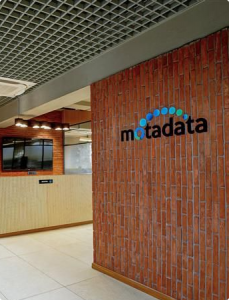Secure Data using Amazon Web Services
The trend for cloud based architecture is rising with more and more organisations accepting it as the most efficient way to manage their digital presence. Unfortunately, with the rise in hackers and their advanced methods for invading privacy, one should be more careful. Even after taking steps to prevent cyber threats and malware attacks, hackers using ingenious technologies find a way to get in.
So, how do I ensure that my organisation is completely secure from these threats?
Using automation for routine cloud deployment is one of the ways to keep a check on it, also to be doubly sure you also have the option to check it manually via logging. Cloud architecture enhances the security with tools that embed security into the script of deployments by automating permissions, tracking usage and continuously monitoring deployments.
Identity and Access Management: IAM enables access to resources by authentication (sign-in) and authorization (permissions) in an automated manner. On an organisation level where different users might require access to the backend, IAM has created an efficient solution by allowing you to create groups based on job roles and add or edit permissions to specific user/group individually.
Data Security: Protecting data in transit with the help of encryption helps minimize loss even if there is an invasion. Amazon Web Services data storage services including EBS, S3 volumes and database such as RDS, DynamoDB, ElasticCache for Redis are equipped with the latest encryption methods.
Default security capabilities in S3 include encrypting objects using server-side encryption with either S3-managed keys (SSE-S3) or KMS-managed keys (SSE-KMS). While using server- side encryption, S3 automatically encrypts objects when you save them and also decrypts when needed. AWS networking and delivery services like load balancer and CloudFront support SSL certificates for secure transmission of data in staging.
Automated Monitoring & Tracking: This helps achieve steady growth in security by encrypting infrastructure code, tracking user logins and setting contingency customized alerts in case of an invasion. AWS Config monitors and tracks AWS resource configurations and allows automated evaluation for security auditing and troubleshooting.
AWS CloudTrail increases tracking of users on root and logging resource allocation by recording AWS Management Console actions and all API calls/builds. Close and continuous monitoring can be further strengthened by configuring AWS Lambda to send alerts in case of non-compliance and initiate auto- remediation including denying access and auto-correction of specific conditions.
Choose the most secure cloud services for your organization. Go with Amazon Cloud Computing Services.











